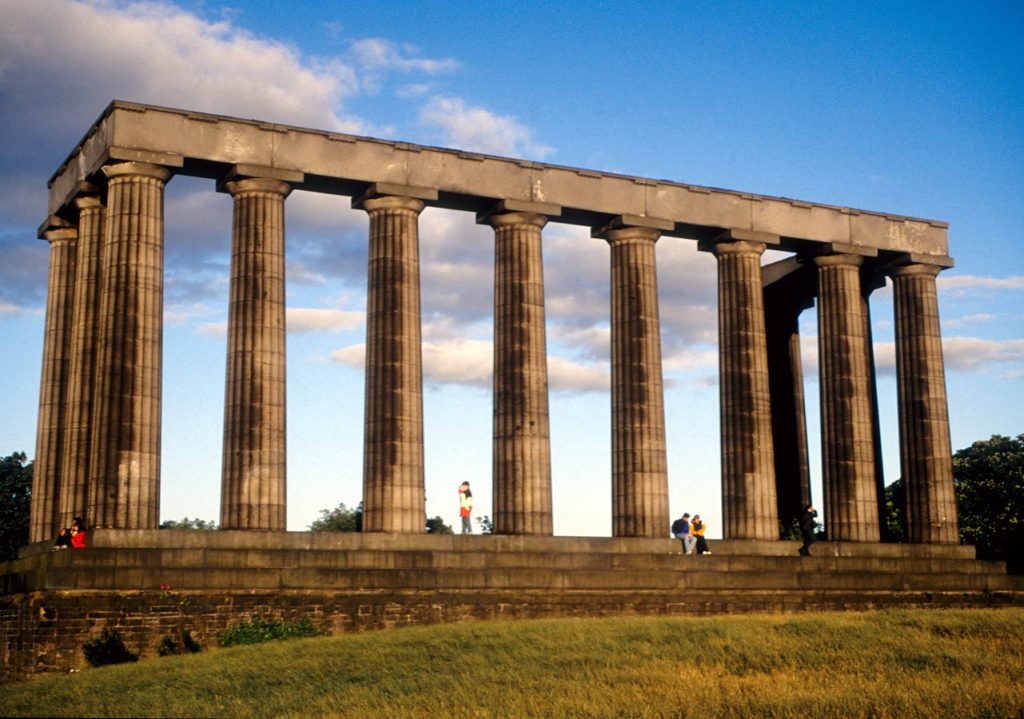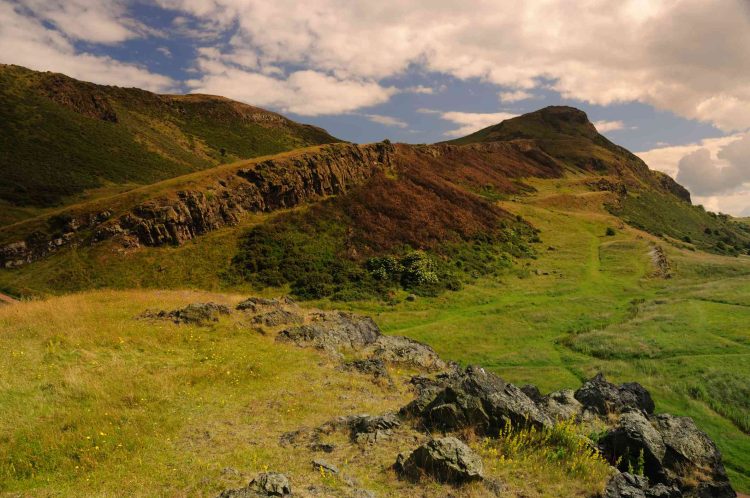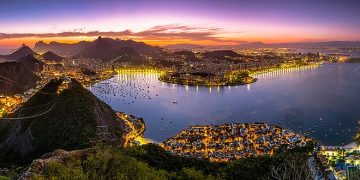Edinburgh’s Twin Peaks:
Arthur’s Seat and Calton Hill: Vantage Points of the Capital
Edinburgh, Scotland’s storied capital, boasts two prominent high points offering panoramic views of its picturesque cityscape: Arthur’s Seat and Calton Hill. The latter is a readily accessible hillock, conveniently located at the eastern end of the Royal Mile, in proximity to Edinburgh Waverley station. Ascending a mere 171 meters, Calton Hill provides a gentle climb that can be effortlessly undertaken in less than five minutes.
The Journey:
Unfolding the Path to Calton Hill
Embarking from Edinburgh’s Old Town, traverse the North Bridge into the New Town. Orient yourself towards Princes Street—follow the signage and ascend the stairway that serenely snakes its way up the hillside.
Ease of Access:
A Simple Stroll to Urban Majesty
Even for those unsure of their way, by simply heading towards the heights of Calton Hill, you’ll find this journey quite straightforward. Prepare to immerse yourself in the gentle inclines that guide you steadfastly towards the summit.
Historical Roots:
Calton’s Gaelic Heritage
Derived from Gaelic origins—either Choille-dun (Forest Hill) or Cauldh-dun (Cold Hill)—the ascent begins with a map for reference at the foothill. However, the route is intuitive, virtually eliminating the prospect of losing one’s way.

The Vista:
A Panorama of Landmarks and Grasslands
Upon reaching the summit, a vast stretch of grassland unfolds, providing a vast vantage point over Edinburgh. The iconic Edinburgh Castle is also visible from this magnificent perch. Movie enthusiasts of “One Day” will recognize Calton Hill as a notable backdrop from the film.
Monuments and Memories:
Perpetuating the Past
Among the must-see attractions at Calton Hill is the Nelson Monument. Erected between 1807 and 1815, it honors Vice Admiral Horatio Nelson’s victory and sacrifice at the Battle of Trafalgar.
Philosophical Foundations:
The Dugald Stewart Monument
The Dugald Stewart Monument, dedicated to a respected Scottish philosopher and professor at the University of Edinburgh, stands as a testament to Greek Revival architecture. Designed by William Henry Playfair, it replicates Athens’ Lysicrates Monument.

The National Symbol:
The Unfinished Chronicle of the National Monument
Resembling Athens’ Parthenon, The National Monument was intended to honor Scottish soldiers who fell during the Napoleonic Wars. Nicknamed “Edinburgh’s Disgrace” due to its incomplete structure, it still commands awe with its grandeur and frequently appears in various films and music videos.
Natural Leisure:
Pastoral Delights on the Hill
The sprawling greenery invites locals and tourists alike for picnics and relaxation, basking in the simple joys of life against the changing European light, particularly the oblique rays beautifying Scotland.
Ascending the Monuments:
Youthful Exuberance Amongst the Pillars
Many youngsters ascend the monument to bask in the empowering sensation of looking down upon the city—a regal experience, indeed.
Parting Glances:
Unforgettable Edinburgh
Capturing hearts with its breathtaking vistas, Scotland—through this Edinburgh experience—proves to be a land of exquisite beauty. And as the day wanes, one can retreat to the Old Town to satiate their appetite, full and content with the sights of the day.





















